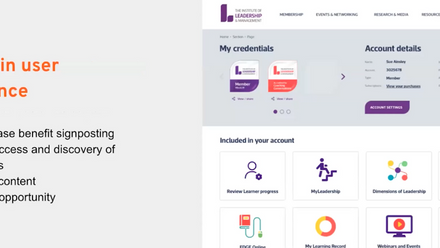7 steps to impactful online events
Delivering workshops remotely can be a breeze with the right toolkit and knowledge up your sleeve. In this guide, Digital Consultant Jonathan McLellan takes you through his 7 steps to impactful online events.
Remote working is now more prevalent than ever. Whether you're looking for a way to deliver training, replace in-person events, or run meetings - there's a golden opportunity to think a bit broader than before.
Video conferencing for remote meetings is standard fare for many organisations. Zoom, Microsoft Teams, and Google Hangouts have soared in popularity recently, but their use cases go further than many people realise.
As you look for ways to replace your in-person events, I want you to consider how digital offers the opportunity to innovate, evolve your delivery, and expand your content offerings. In this seven-step guide to impactful online events, you'll learn key ways to make the most of the rapid switch to digital.
















